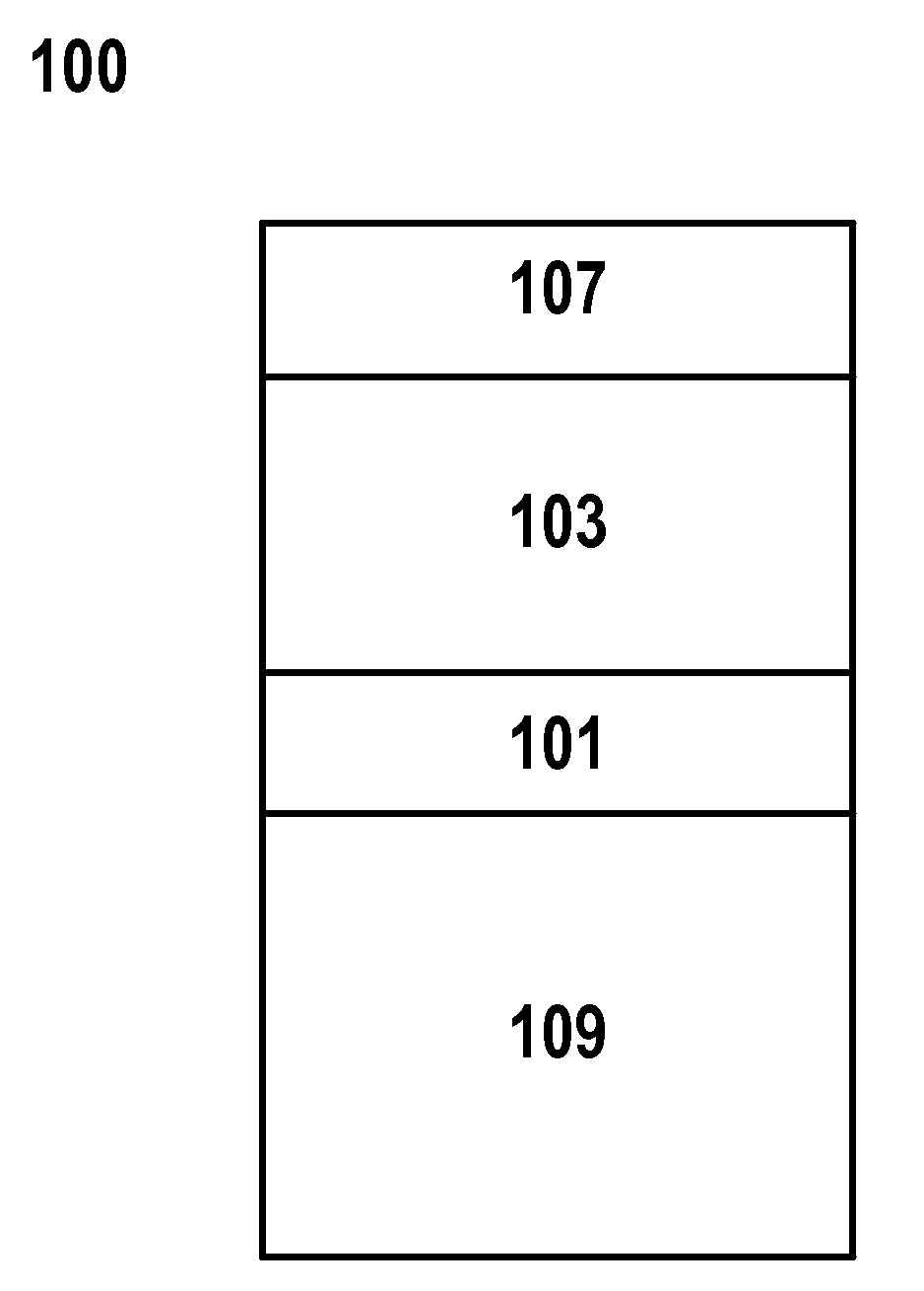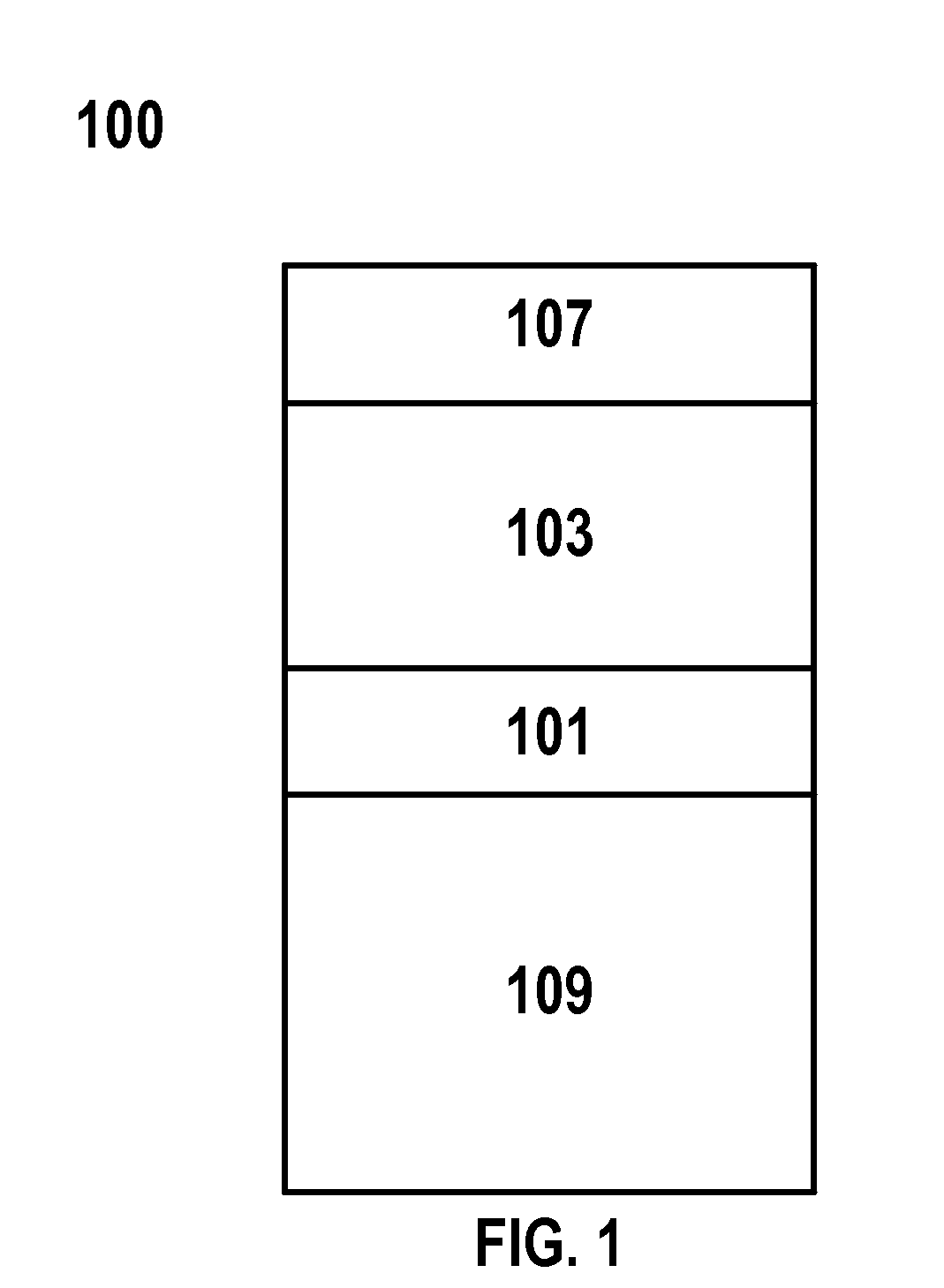Solid oxide fuel cell and method of forming
a fuel cell and solid oxide technology, applied in the direction of solid electrolyte fuel cells, fuel cells, cell components, etc., can solve the problems of fuel cells that cannot be easily damaged, breakdown and failure of sofc articles, and fuel cells that have a limited tolerance for temperature changes
- Summary
- Abstract
- Description
- Claims
- Application Information
AI Technical Summary
Benefits of technology
Problems solved by technology
Method used
Image
Examples
examples
[0105]FIG. 5 includes a cross-sectional SEM image of an electrode layer 50 that is formed by a freeze-casting process. In a particular embodiment, the exemplary freeze-cast electrode layer 50 may be included in an SOFC unit cell as a cathode bulk layer (e.g., as the cathode layer 109 in FIGS. 1-4) or anode bulk layer (e.g. as the anode layer 103 and 202 of FIGS. 1-4).
[0106]FIG. 5 illustrates that directional solidification conditions may have an effect on the orientation of porosity 52 in the freeze cast microstructure. Particularly, a majority of the porosity 52 of the freeze-cast electrode layer comprises a vertical orientation. That is, each of the pores of the majority have a length and a width, with the length greater than the width. The dimension of length defines a pore axis, and the pore axis forms an angle that is greater than about 45 degrees from a horizontal axis defining a width of the green electrode layer.
[0107]FIG. 6 includes an illustration of a cross-sectional SEM ...
PUM
| Property | Measurement | Unit |
|---|---|---|
| temperature | aaaaa | aaaaa |
| temperature | aaaaa | aaaaa |
| thickness | aaaaa | aaaaa |
Abstract
Description
Claims
Application Information
 Login to View More
Login to View More - R&D
- Intellectual Property
- Life Sciences
- Materials
- Tech Scout
- Unparalleled Data Quality
- Higher Quality Content
- 60% Fewer Hallucinations
Browse by: Latest US Patents, China's latest patents, Technical Efficacy Thesaurus, Application Domain, Technology Topic, Popular Technical Reports.
© 2025 PatSnap. All rights reserved.Legal|Privacy policy|Modern Slavery Act Transparency Statement|Sitemap|About US| Contact US: help@patsnap.com



